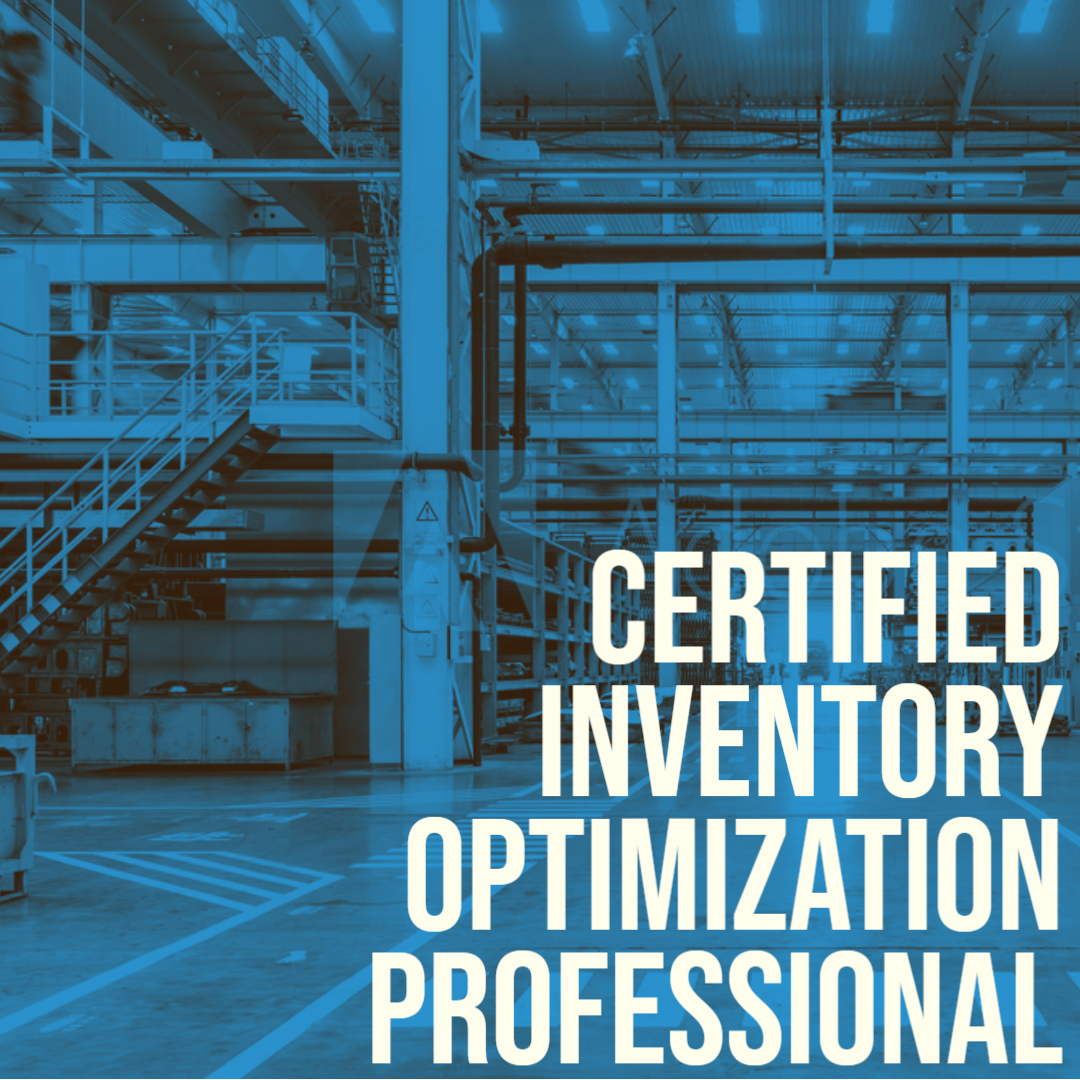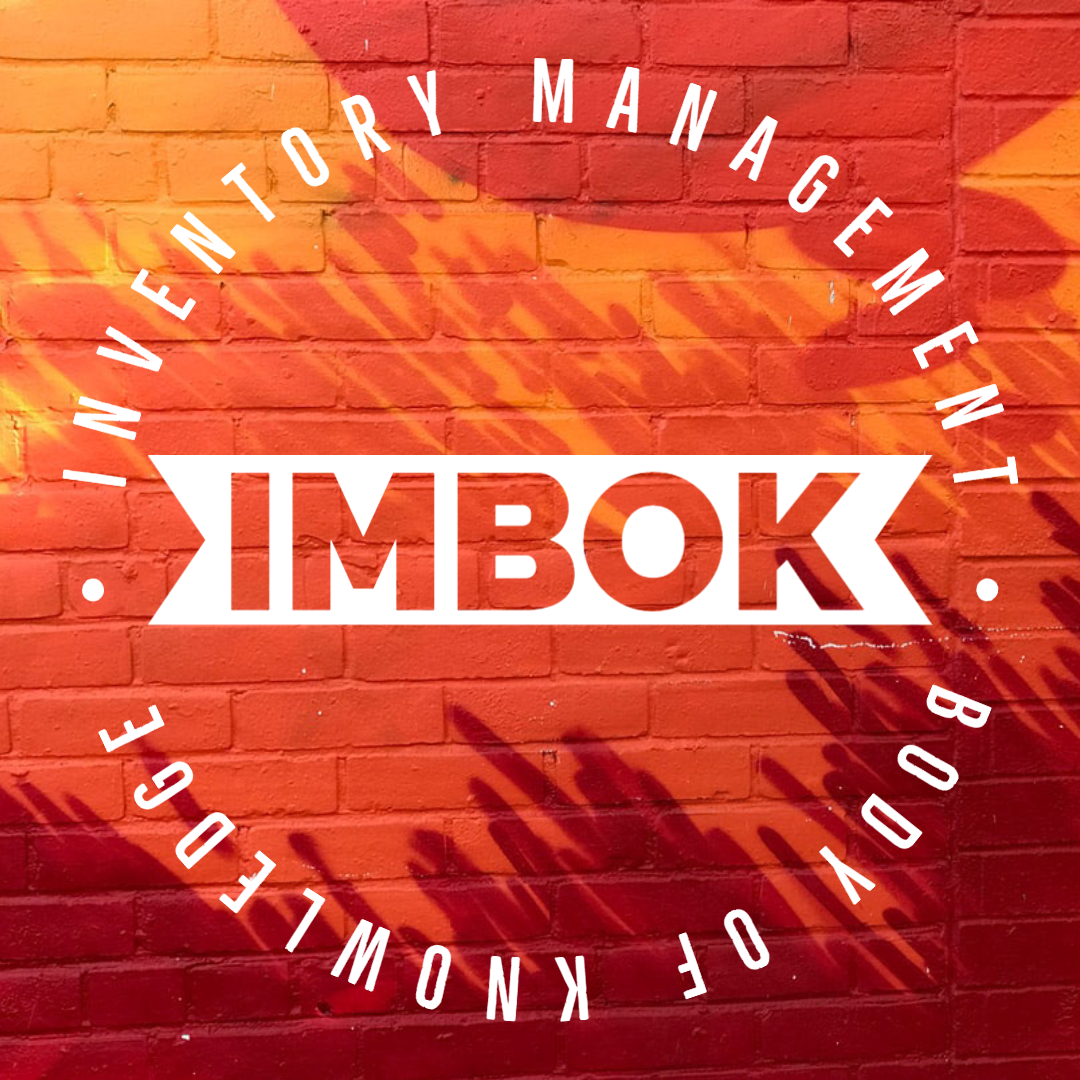Introduction: In business analysis, requirements attributes are important elements that provide additional information and context about project requirements. These attributes help define, document, and manage requirements effectively throughout the project lifecycle. In this article, we will explore the top 10 best points related to requirements attributes in business analysis.
Requirement Identification: Requirements attributes aid in identifying and categorizing requirements. By assigning unique identifiers or tags to requirements, business analysts can track and manage them more efficiently. Attributes such as ID, name, and priority facilitate easy referencing and organization of requirements.
Click here to download the presentation on Top Ten Facts on Business Analysis Techniques - Business Analysis Terminology: Top 10 Best Points on Invitation to Requirements Attribute
Requirement Description: Requirements attributes provide a clear and concise description of each requirement. These descriptions help stakeholders understand the purpose, scope, and expected outcomes of each requirement. Well-defined descriptions minimize ambiguity and ensure a shared understanding among project team members.
Source and Origin: Requirements attributes specify the source or origin of each requirement. This information indicates where the requirement originated from, such as stakeholder interviews, business process documentation, regulatory guidelines, or market research. Understanding the source helps in tracing requirements back to their origins and validating their relevance.
Priority and Criticality: Requirements attributes include priority and criticality levels for each requirement. These levels indicate the importance and urgency of implementing the requirement. Prioritizing requirements helps in resource allocation, project planning, and ensuring that high-value requirements receive appropriate attention.
Traceability: Requirements attributes enable traceability, linking requirements to other project artifacts such as business goals, user stories, test cases, and design documents. Traceability ensures alignment between requirements and other project deliverables, allowing for effective impact analysis and change management.
Status and Progress Tracking: Requirements attributes include status indicators to track the progress of each requirement. These indicators provide visibility into whether a requirement is under review, approved, in progress, or completed. Tracking requirement status helps in monitoring progress, identifying bottlenecks, and ensuring timely completion.
Dependencies and Relationships: Requirements attributes capture dependencies and relationships between different requirements. This information helps in understanding the interdependencies among requirements, identifying potential conflicts, and managing change impact. Dependencies facilitate coordinated development and enable efficient requirement prioritization.
Constraints and Assumptions: Requirements attributes specify any constraints or assumptions associated with each requirement. Constraints represent limitations or restrictions that need to be considered during solution development, while assumptions highlight underlying conditions or factors that impact the requirement's validity. Understanding constraints and assumptions aids in accurate solution design and risk assessment.
Validation and Acceptance Criteria: Requirements attributes define validation and acceptance criteria for each requirement. These criteria establish measurable benchmarks against which the requirement's completeness and correctness can be assessed. Well-defined acceptance criteria ensure that the implemented solution meets stakeholders' expectations.
Change History: Requirements attributes capture the change history of each requirement, documenting any modifications, updates, or approvals throughout the project lifecycle. This historical record helps in maintaining version control, understanding requirement evolution, and supporting audit trails.
Conclusion: Requirements attributes play a vital role in business analysis by providing additional context and information about project requirements. By utilizing requirements attributes effectively, business analysts can identify, categorize, prioritize, and track requirements throughout the project lifecycle. The top 10 best points discussed in this article highlight the significance of requirements attributes in business analysis and emphasize their role in ensuring clear, traceable, and well-managed requirements, leading to successful project outcomes.
Fhyzics Business Consultants specializes in business analysis consulting, training and certification. For more details please speak to our business consultant at +91-7200439865 or email at MalathiD@fhyzics.net.
Fhyzics is an EEP of IIBA, Canada and REP of BCS, UK offering the following business analysis certifications:Certified Business Analysis Professional (CBAP)
Certification of Capability in Business Analysis (CCBA)
Entry Certificate in Business Analysis (ECBA)
Certified Enterprise Business Analyst (CEBA)
Foundation Certificate in Business Analysis
PMI Professional in Business Analysis (PMI-PBA®)
Certified Professional for Requirements Engineering (CPRE-AL)
Certified Professional for Requirements Engineering (CPRE-EL)
Certified Professional for Requirements Engineering (CPRE-FL)









